Liberia is a beautifully unique country with a less than favorable reputation. Researching Liberia leads to some interesting finds. For example, the country’s two civil wars, the Ebola endemic, crime and COVID-19 appear, leading curious travelers to believe Liberia is not a bucket-list tourist destination. The effects on the Liberian economy have been disastrous, leaving communities struggling to rebuild the country to the glory it deserves. Sustainable tourism in Liberia can contribute to regenerating the economy through providing significant benefits to local communities. This piece explains how Liberia can be restored through sustainable tourism. First, the effects of the wars and endemics are explained before diving into the importance of sustainable tourism in Liberia.
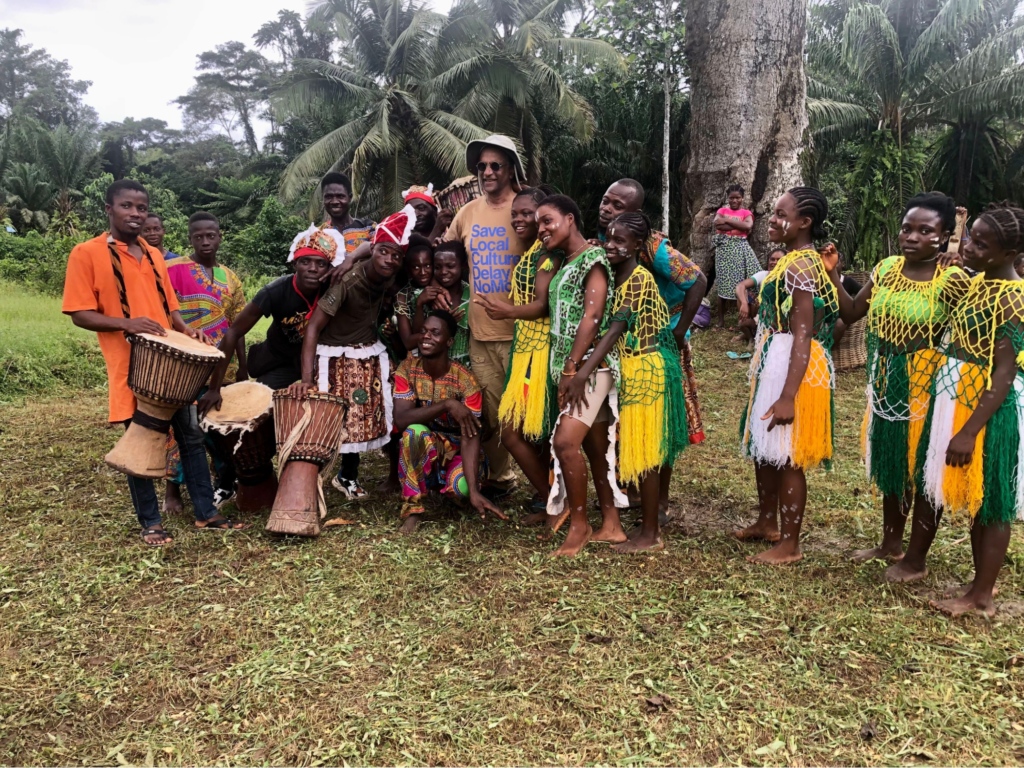
Civil War and the Ebola Endemic
Throughout the last three decades, Liberia has encountered 14 years of two civil wars (1989-1999 and 1999-2003), which killed approximately 250,000 people and displaced thousands. But how did these wars erupt? During the 1820s, the American Colonization Society in the United States began to send formerly enslaved African Americans back to their initial point of departure, Liberia. Overall, throughout the 1800s, around 16,000 freed formerly enslaved African Americans were sent from the United States to Liberia. Some decades later, the Republic of Liberia was established on the 26th of July, 1847, and the Americo-Liberians took power, often exploiting the natives in a segregated society. Although they were the minority in Liberia, the Americo-Liberians successfully established themselves as an oligarchy, controlling Liberian affluence, politics, and the economy. The exploitation and weaponization of ethnicity against the indigenous majority continued until 1980, when Samuel Doe staged a coup to forcibly seize power. However, Doe was also corrupt and discriminatory against different ethnic groups, exacerbating conflict between tribes. Yet, the moment that ignited the first civil war outbreak was when Americo-Liberian, Charles Taylor, laid a siege on Nimba County. As the conflict escalated, President Doe was captured and murdered in 1990. The second civil war broke out shortly after Charles Taylor was elected president in 1997, leading to clashes across Liberian borders to feed into the country. However, it was not until 2003 when thousands of women staged protests to end the decade of violence.
Furthermore, in 2014, the Ebola endemic swept through Western Africa, significantly affecting Liberia. Almost 3,000 people died from Ebola in Liberia alone. Due to the great loss of life, people’s movement was restricted, which led to an enormous financial strain on Liberia. Additionally, these catastrophes weakened Liberia’s proficiency in adjusting to the challenges of climate change, including great coastal erosion. From a tourism perspective, the Ebola endemic stopped flights coming into the country. In addition, countries worldwide issued warnings to travelers to prevent people from visiting Liberia. The wars and the endemic led to many travelers ousting the idea of Liberia as a desirable travel destination.
The Importance of Sustainable Tourism in Liberia
As previously stated, sustainable tourism in Liberia is crucial to regenerate the economy after the disastrous and long-lasting effects of the civil wars and ebola endemic. There are three significant benefits to growing the sustainable tourism industry in Liberia: it can conserve the natural environment, promote the cultural heritage of Liberia, as well as stimulate economic growth.
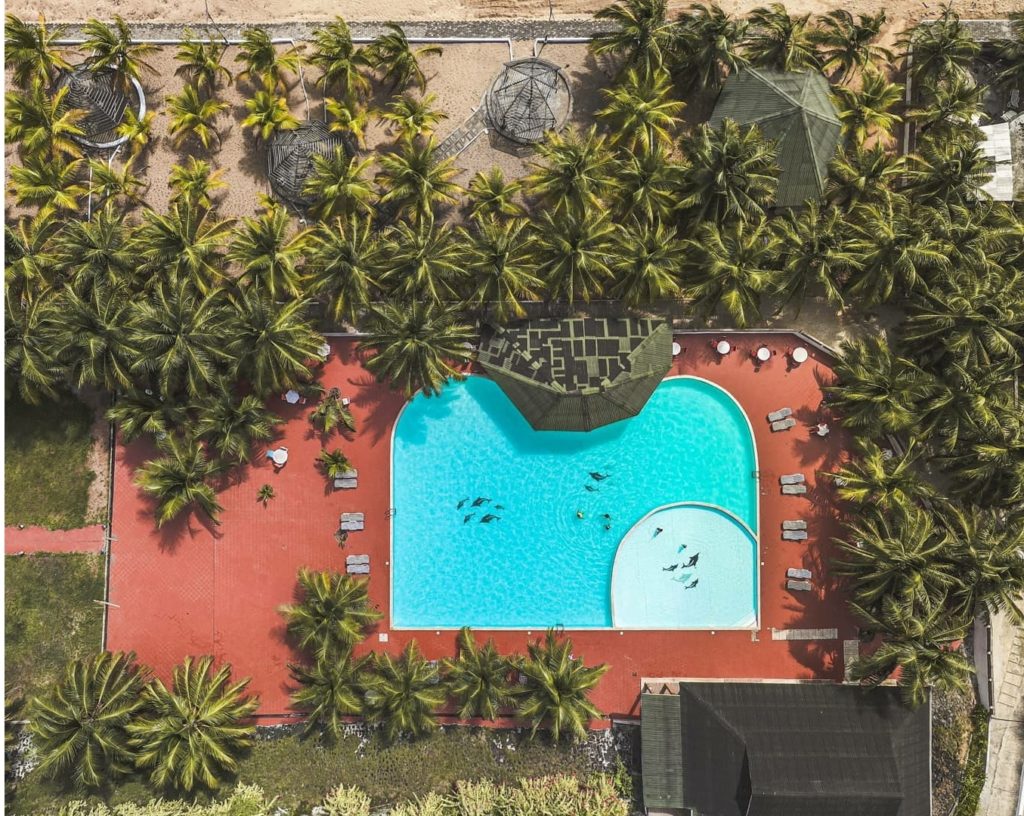
Conserving Natural Resources and Wildlife
Liberia has one of the most diverse ecosystems in Africa. Home to great apes, pygmy hippopotamus and other majestic forest beings. Furthermore, Liberia hosts unique flowers and butterfly species that attract wildlife enthusiasts and researchers worldwide to witness rare sightings of these creatures. However, many of the rare animals in Liberia are listed as endangered. For that reason, sustainable tourism is vital, as it generates income to ensure the continued protection of all wildlife and natural resources in Liberia. As stated by Matt Humke of Solimar International, people are often at the center of conservation solutions.
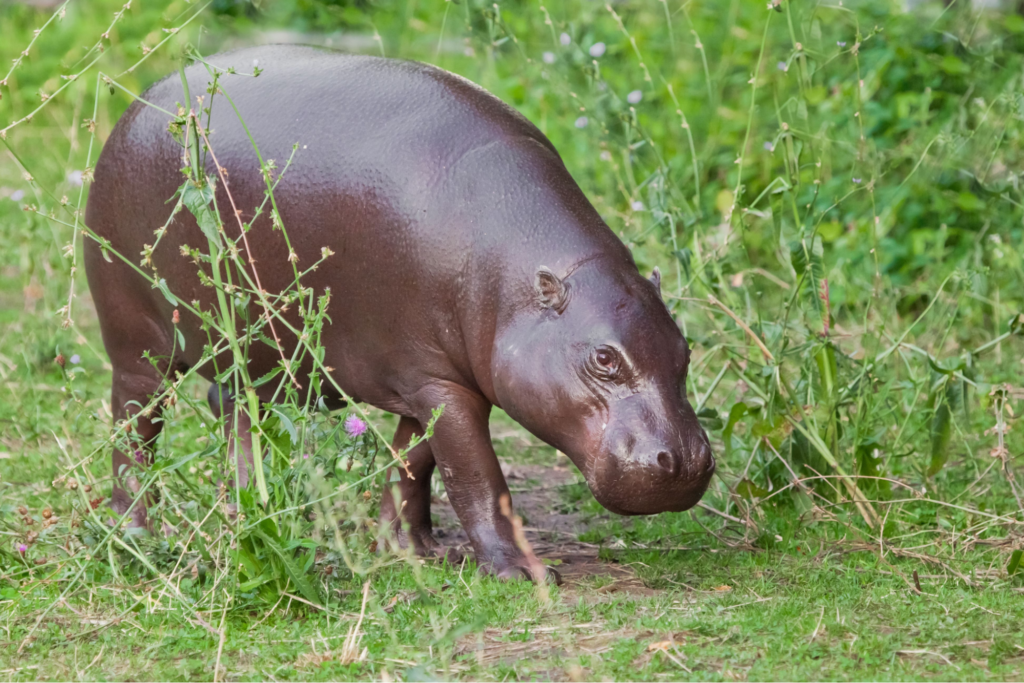
East Nimba Nature Reserve
Hiking to the peak of this reserve results in a panoramic view of three West African countries. Hiking, however, is just a small token of what tourists may experience in this destination. The wildlife and birdlife in the East Nimba Nature Reserve can be found nowhere else. For example, the largest butterfly in the world, the African Giant Swallowtail (Papilio antimachus Drury), can be found here, alongside 100 different species of orchid. Visiting this nature reserve ensures the continued promotion, protection, conservation, and growth of the unique biodiversity found in Liberia.
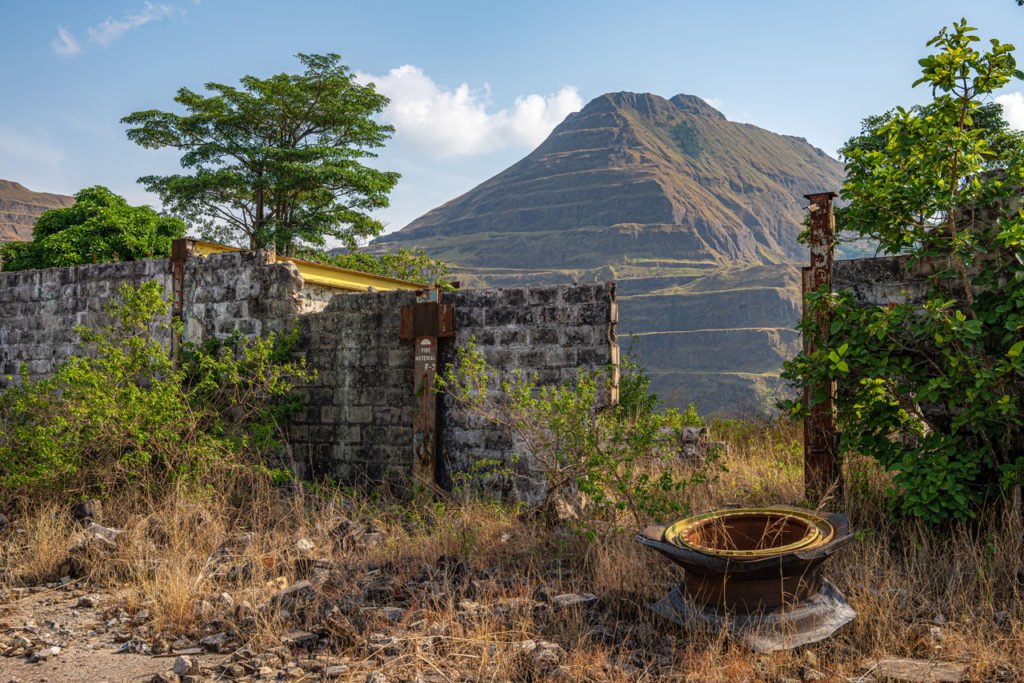
Sapo National Park
Deep into the West African rainforest in swamps and near rivers, rare and beautiful creatures are thought to be endangered due to hunting and accidental pesticide poisoning. Like the other animals unique to Liberia, deforestation is also a considerable threat to species’ survival. Many endangered species exist in Sapo National Park, such as the Liberian Mongoose. Tourists may visit this park during Liberia’s summer months to witness the conservation of the biodiversity in Liberia.
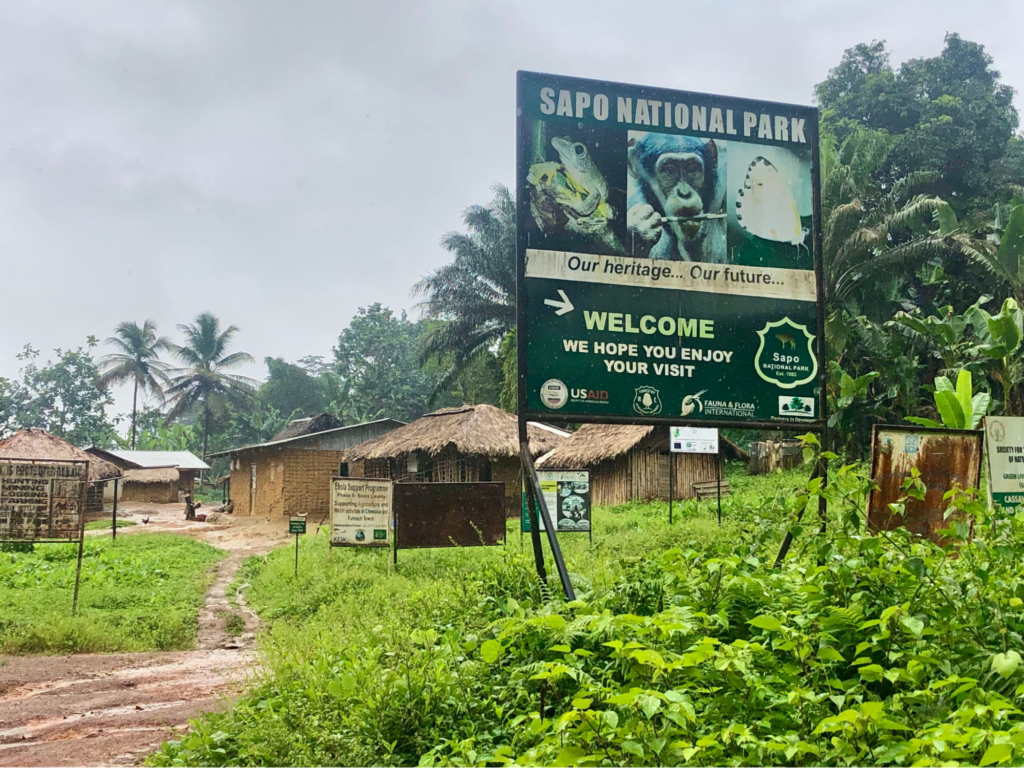
Location: Sapo National Park; Photographer: Solimar International
Kpatawee Falls
Located in the centre of Africa’s oldest republic, Kpatawee is the perfect sustainable tourism destination for a wholesome weekend getaway in West Africa. Only a three-hour drive from Monrovia, Kpatawee is a nature lovers’ paradise. The Kpatawee waterfall is a Ramsar site, meaning that the water is a significant reservoir for the people of Kpatawee. Furthermore, the water is essential for locals as it is used for consumption. Therefore, ecotourism at this waterfall and the Kpatawee Waterfalls Resort is crucial to conserve local’s natural resources. Furthermore, the Kpatawee Falls organization ensures the protection and conservation of the area’s unique biodiversity. For this reason, visitors who infringe on the waterfalls may threaten the conservation efforts made in Kpatawee.
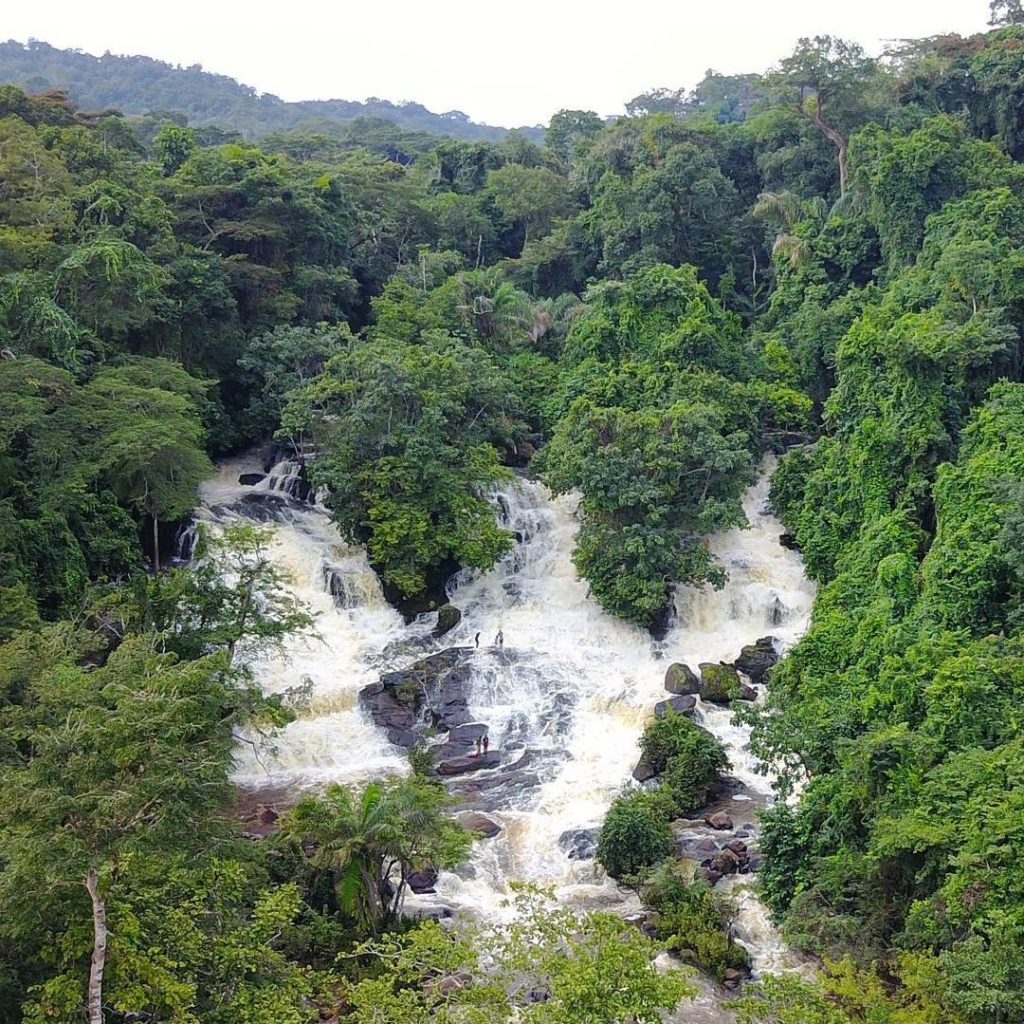
Promoting Liberia’s Cultural Heritage Through Sustainable Tourism
As previously mentioned, Liberia’s reputation has been tarnished by the calamities of wars and endemics. However, Liberia is so much more than its past. For instance, the unique culture and history of the country have attracted people from all over the world, eager to dive into the rich cultural heritage of Liberia. Providence Island is the perfect example of a destination that highlights the strength of this West African country.
Providence Island
Providence Island was the point of departure and no return for many Africans that were forcibly removed from their homes and sold as enslaved people. According to UNESCO, African chiefs, governors, and family leaders in the community saw a fast way to conjure material necessities by exchanging human cargo. The Africans that were sacrificed and sold as enslaved people and sent to the United States included “less important community members” and people captured during tribal warfare.
As previously mentioned, the formerly enslaved were set free and sent to Liberia throughout the 1820s. Providence Island was the arrival point for the arrival of the formerly enslaved. Due to the history of Providence Island, many Liberians can trace their ancestry back to the United States through the slave trade. These Liberians now honor their ancestors and the pain and hardships they endured by preserving Providence Island in their memories.
Visitors to Providence Island can spot many historical attributes that represent the island’s deep roots in the United States. For example, one of the oldest cotton trees in the world (250 years old) can be found on Providence Island. Furthermore, other attributes of the island include an ancient water well that is believed to have been used by the formerly enslaved that arrived on the island in the 1820s and an old landing dock that was used when the island was a former trade post. This landing dock is still a platform for incoming canoes and ships to Monrovia. Furthermore, the foundations of original settlements were formally inhabited by the formerly enslaved African Americans. At the same time, newly constructed huts, such as a palaver hut, were built as a replication of the many homes built after the African American settlers arrived.
Interestingly, a metal tree on the island was created from AK47 machine guns to represent the country’s desperate wish for peace after many brutal years of internal conflict in Liberia. This tree serves as a reminder of these years. Moreover, a cement pillar and concrete flooring can be observed on the island, which is thought to be the very first concrete work in Liberia’s history.
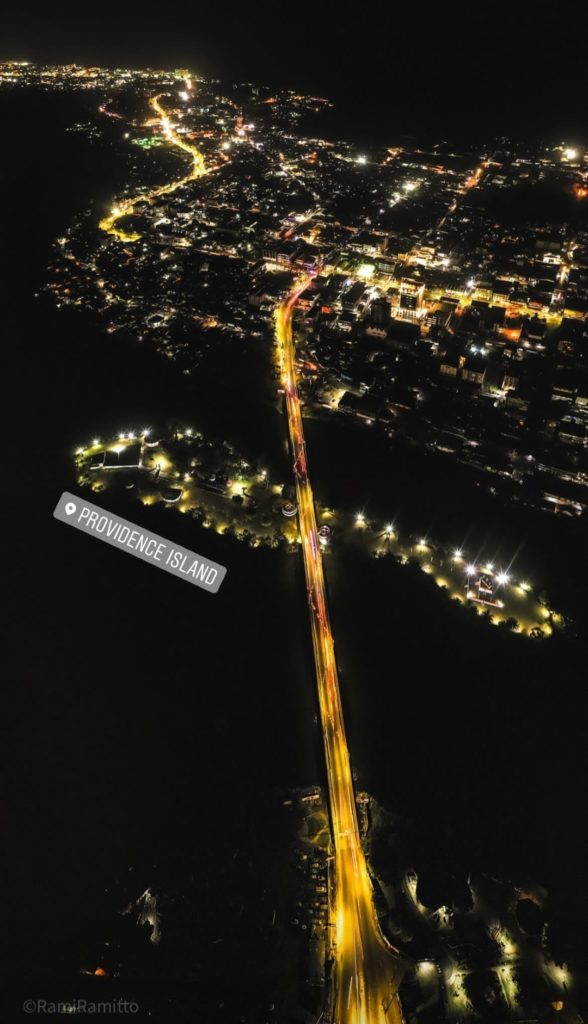
Location: Providence Island, Monrovia, Liberia; Photographer: Rami Ramitto, @theramiramitto
Traditional Dance
Tourism to Liberia leads travelers to promote the traditional dances of different tribes. Dancing is a significant part of Liberian culture. People dance for all types of special occasions, such as weddings, burials, holidays, and traditional events. However, dancing is not just reserved for special occasions. People often take to the streets and dance for their own joy or to communicate messages. For example, some performances are spiritual, and they share that the cultural heritage of Liberia must be reserved.
Furthermore, the traditional dances of Liberia vary from tribe to tribe and in different regions. However, regardless of the traditional dance performed, when Liberians hear the sound of drums (sangba), they frequently drop their work activities to watch the performances on the streets.
As seen in the photograph, cultural dances are performed wearing traditional Liberian clothing. This young Liberian woman has had her face painted before dancing. This picture was captured by Solimar International in attendance of a Sapo cultural performance. As you can see, cultural dancing brings immense joy to Liberians as they are hugely passionate about this tradition. If you intend to visit Liberia, it is worth your while to appreciate a cultural dance performance as it is an experience unlike any other.
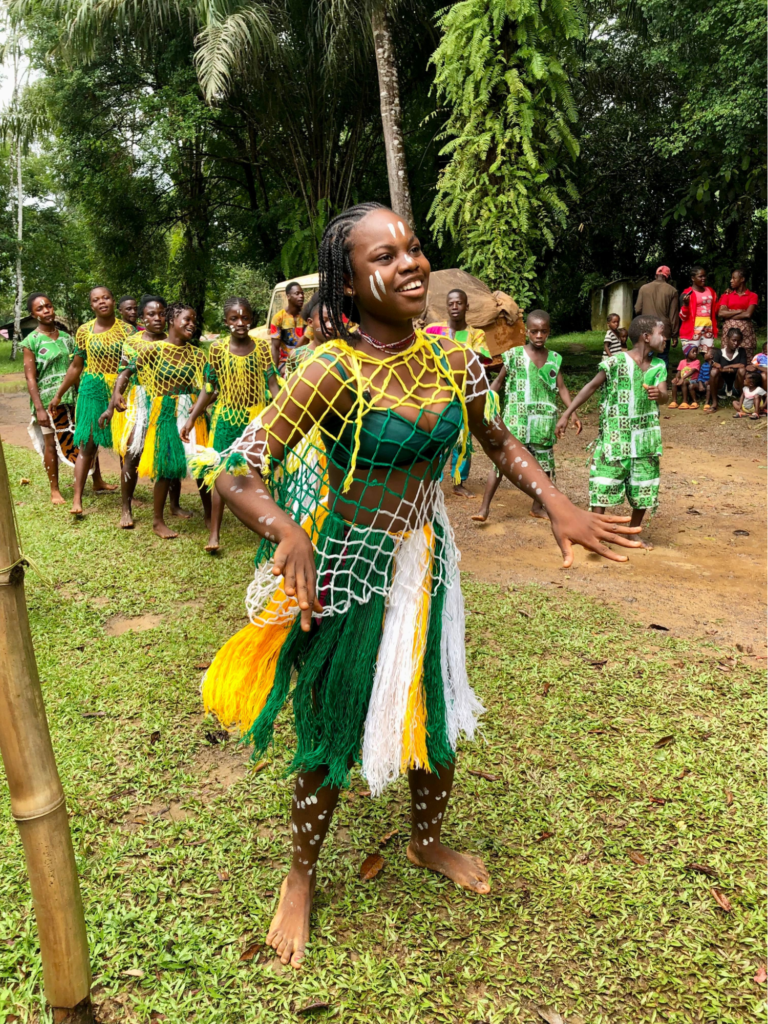
Stimulates Economic Growth
Many countries worldwide count on tourism to be their key economic driver. Therefore, the economy will be positively impacted if sustainable tourism is established and supported throughout Liberia. Here are a few examples of travel destinations that support sustainable tourism as well as provide careers for Liberians. Suppose more Liberian tourist spots are pinpointed and improved to support sustainability and customer experiences. In that case, the country can eventually develop into a desirable travel destination.
Libassa Ecolodge
Libassa Ecolodge is an excellent example of job creation in Liberia. This luxurious ecolodge allows tourists to unwind by the pool or beach after a week of fun-filled activities. Hop into the lazy river, soak up the Liberian heat, and float along the water with your family and friends. Liberians have been hired to maintain the pool, and chefs and servers were employed for the ecolodge’s restaurant.
Furthermore, Libassa Ecolodge can fill a tourist’s day with enjoyable activities as people were hired to entertain guests throughout the week. For example, the ecolodge provides massages, yoga, gym, sports on the beach, a cultural dance class, scuba diving, sea turtle beach patrol, boat trips to Chimp Island, a wildlife sanctuary, Liberian cooking classes, bonfires, a Liberian dance show, and so much more. Click here to see more activities that Libassa Ecolodge provides. All of these wonderful activities have created the opportunity for Liberians to earn a living.
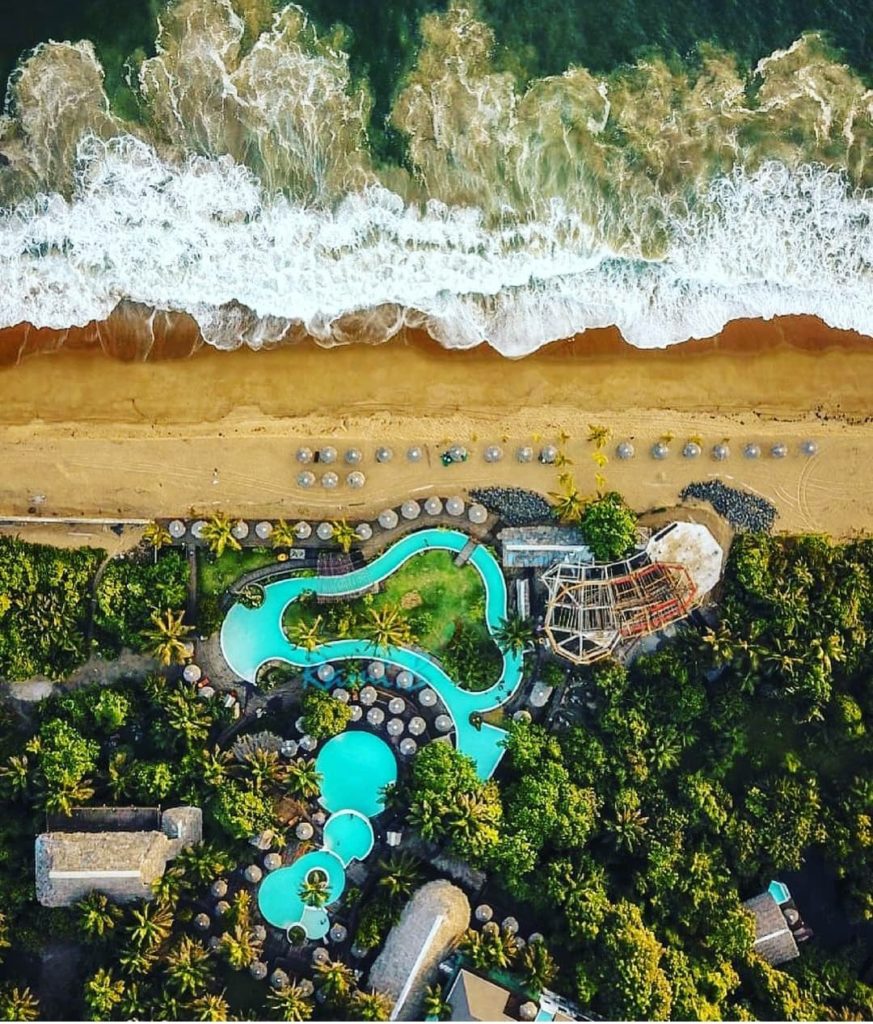
Royal Grand Hotel
Like Libassa Ecolodge, the establishment of the Royal Grand Hotel in Monrovia created hundreds of jobs in the capital of Liberia. Thousands of people pass through Monrovia yearly, staying at places such as the Royal Grand Hotel. Therefore, the demand for a reliable workforce grew. The hotel provides tourists with a gym, a spa, a restaurant and a donut bar. In addition, people were hired to maintain the hotel and clean rooms. Establishing a hotel like this is crucial for rebuilding the economy as travelers leave this destination with positive experiences. Therefore, they are more likely to promote Liberia as a desirable travel spot online or through word-of-mouth to their friends and families at home.
Kpatawee Falls
In contrast to the Royal Grand Hotel, Kpatawee Falls is a relatively small tourist destination. However, the establishment of the organization has still provided jobs for people in the area. For example, tour guides are hired to take visitors on an exciting tour of Kpatawee falls from one of the local eco guards of the site. The tour guide shows tourists the true hidden beauties that surround Kpatawee waterfalls. You can feel the passion emanating from the guides as they take great pride in the conservation of nature and the protection of the diverse ecosystems that make up the area of Kpatawee.
Furthermore, during your stay at Kpatawee Waterfalls Resort, you can engage in various uniquely Liberian activities. For example, you can harvest the nutty-flavored vegetable, cassava, from their garden and learn how to cook delicious Liberian dishes. The people hired to give classes and tours also promote Liberia’s cultural heritage by sharing local dishes and highlighting the rare wildlife.
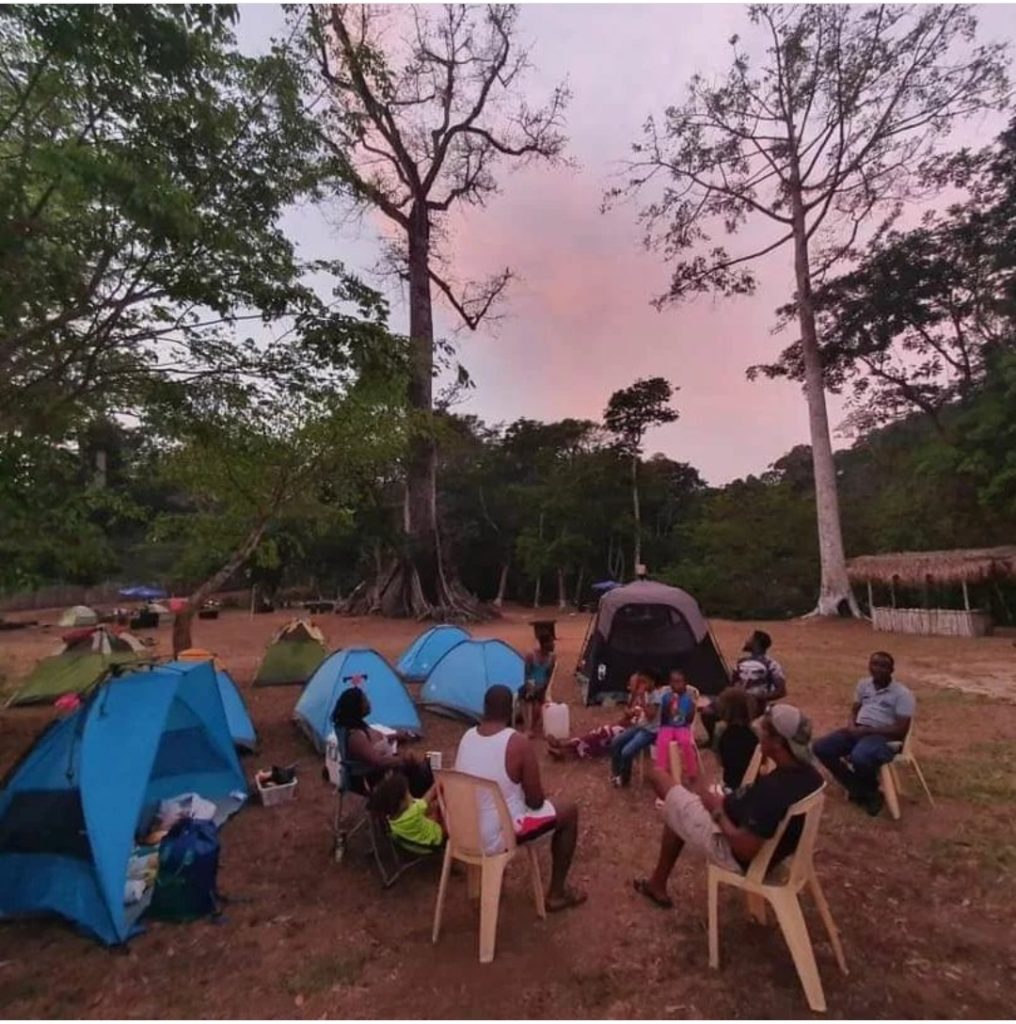
Location: Kpatawee Waterfalls Resort, Kpatawee, Bong County; Photographer: @kpatawee_waterfalls
The Future of Liberia is Sustainable Tourism
As shown in this piece, sustainable tourism can have a tremendous positive impact on a country such as Liberia. After years of endless tragedies and strife, the people of Liberia deserve to have their country recognized for its present glory rather than its dark past. The country’s traditional dances, dishes, crafts, surf waves, historical sights, and friendly people can potentially attract travelers worldwide. Unfortunately, the country has a long way to go before the positive economic effects of sustainable tourism can be seen. Still, Liberia is more than worthy of any visitors it currently receives.

